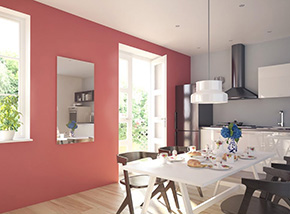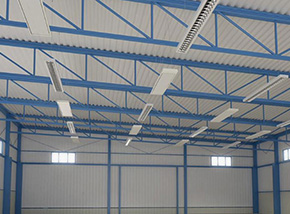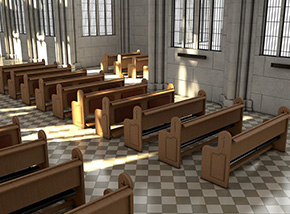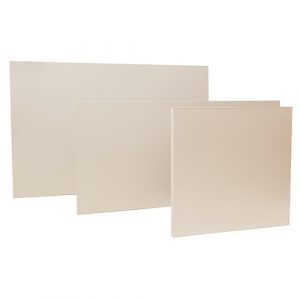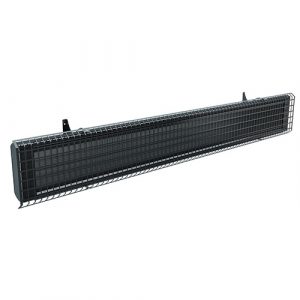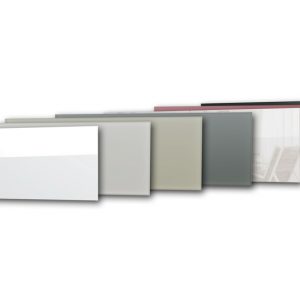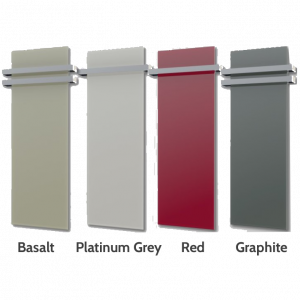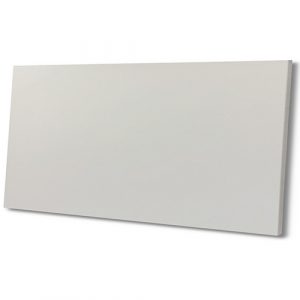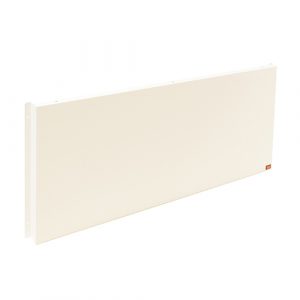Flexel Infrared Heaters
What is Far Infrared Heating?
Infrared Heaters utilising far infrared heating is the most natural form of heating as it is a wavelength of our own Sun’s rays. It is also a highly efficient method of heating. Infrared heats the occupants and objects in the building rather than waste energy heating the air. As an example, consider being in the Sun on a cold winter’s day. You can feel the warmth of the Sun before the air is warm.
The feeling of warmth is almost instantaneous - you can feel it as soon as the Sun emerges from behind a cloud. This natural form of heat transfer provides the healthiest and most efficient way to heat people. Any home or business can benefit from infrared heaters as a cost-effective, efficient heating source. The range of options available means they will also enhance the appearance of any premises.
For more information about what Infrared Heating is, and how it can benefit you, take a look at our handy guide 'What is Far Infrared Heating and How Does It Work?' and our Far Infrared Heating Presentation.
Shop Infrared Heaters Online
Shop by Category
Shop All Infrared Heaters
- Domestic Infrared Heating Panels
ECOSUN UB Universal Infrared Heating Panel
Price range: £163.50 through £269.60 - Domestic Infrared Heating Panels
EcoSun U+ Universal Infrared Heating Panel
Price range: £166.36 through £283.76 - Domestic Infrared Heating Panels
ECOSUN GS Frameless Glass Infrared Heating Panel
Price range: £254.88 through £528.75






